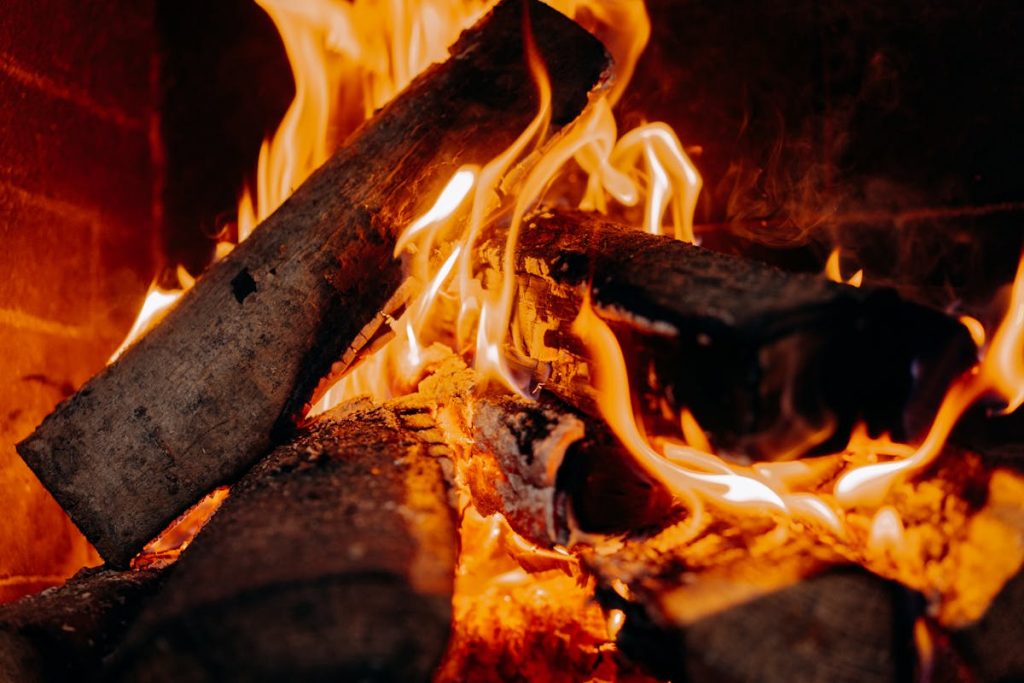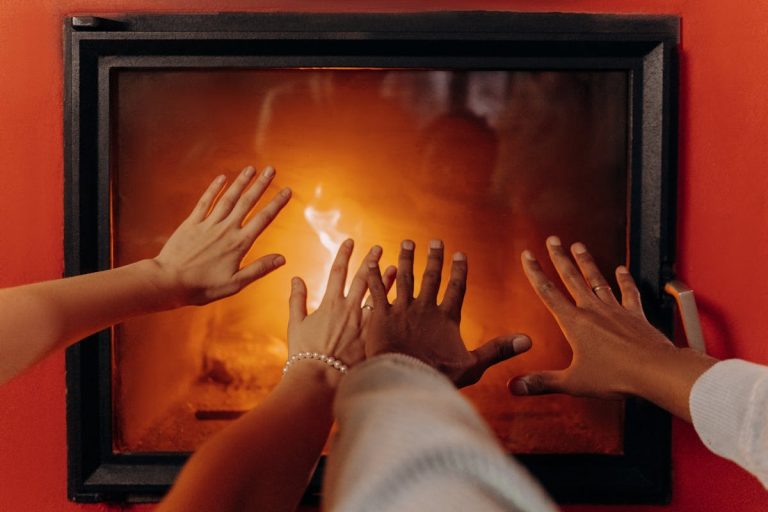- Evaluate heating needs and aesthetics to choose the best heat source for your rustic cabin.
- Renewable energy options like solar panels and geothermal systems offer long-term savings and environmental benefits.
- Professional installation is recommended for complex systems to ensure safety and efficiency.
- Maintenance is crucial for all heating systems, with specific tasks like chimney cleaning and filter replacements needed.
- Making the right choice involves considering efficiency, environmental impact, and practicality.
Choosing the right heat source for your rustic cabin is a nuanced decision that can significantly impact your comfort, wallet, and the environment. In this comprehensive guide, we’ll discuss your various options and which might best suit your needs whether looking for a solution that enhances the cozy aesthetic or prioritizes green living, making a well-informed choice is critical to your cabin’s living experience.
Understanding Your Heating Needs

The first step in the decision-making process is to clearly understand your heating needs. This involves evaluating the size and insulation of your cabin, considering the local climate, and weighing the importance of energy efficiency and environmental impact.
Cabin Size and Insulation
Cabin size and insulation quality are critical factors in determining the heating capacity required. A small, well-insulated cabin will naturally require less energy to heat than a larger, drafty cabin. Proper evaluation is essential to avoid over- or under-sizing your heating unit, which can be costly mistakes.
Climate Considerations
Local climate plays a significant role in dictating the frequency and severity of heating requirements. A cabin located in colder, snow-prone areas may benefit from a more robust heating system, while milder climates may allow for more seasonal, intermittent heating methods.
Energy Efficiency and Environmental Impact
In today’s world, it is crucial to be mindful of energy consumption and its environmental effects. Balance your desire for comfort with eco-friendly practices by choosing an energy-efficient heating source with minimal environmental impact.
Heat Source Options
The wide array of heating sources can cater to various needs and aesthetic preferences. Each option has unique benefits and considerations, from crackling wood fires to high-tech electric units.
Traditional Fireplaces
Traditional fireplaces evoke a sense of warmth and comfort with their open flames and natural charm. However, they require regular maintenance, and their heat output is often less controllable than other sources. Consider the type of wood needed—hardwoods burn longer and cleaner than soft woods.
Modern Heating Solutions
Electric and gas heaters offer convenience and the ability to precisely control temperature. They are especially suitable for those who want reliable heating without the efforts associated with a wood-burning fire. Regarding rural cabins, access to gas lines and electricity grids may determine the feasibility of these options.
Wood-burning Stoves
Wood-burning stoves are popular among cabin owners for their efficiency and rustic appeal. They can utilize various types of wood, offering flexibility depending on availability and price. Stoves come in all shapes and sizes, so ensure the one you choose is appropriate for your space.
Renewable Energy Solutions
Renewable energy solutions such as solar panels and geothermal systems can be viable options for the environmentally conscious cabin owner. These systems often require a higher initial investment but can offer long-term energy savings and a reduced carbon footprint.
Installation and Maintenance
Installing and maintaining your chosen heat source are significant practical considerations affecting long-term satisfaction with your heating system. These tasks may require professional assistance, so be sure to budget accordingly.
Chimney Cleaning and Inspection
For homes with wood-burning fireplaces or stoves, regular chimney cleaning and inspection are essential for safe operation. Creosote buildup can lead to chimney fires, and blockages can cause smoke and carbon monoxide hazards. A certified chimney sweep should inspect and clean your chimney at least once a year.
Professional Installation vs. DIY
While the DIY approach can save money, professional installation is often recommended for safety and efficiency. Professional expertise is essential for a complex system like geothermal heating. This is especially true for underground piping systems, requiring specialized equipment and knowledge.
Ongoing Maintenance Requirements
Each heat source requires maintenance to ensure safety and longevity. Regular chimney cleaning for fireplaces and stoves, filter replacements for electric heaters, and tune-ups for gas systems are typical tasks that must be factored into your routine. It can be helpful to research the specific maintenance needs of your chosen heat source before deciding.
Conclusion
Choosing the right heat source for your rustic cabin is a personal decision that should consider factors like aesthetics, efficiency, environmental impact, and practicality. By evaluating your needs and the available options in detail, you can make a decision that will keep you warm and cozy in the years to come. Remember, the right heat source can be the heart of your rustic home, offering warmth and a focal point for gatherings and precious downtime.




